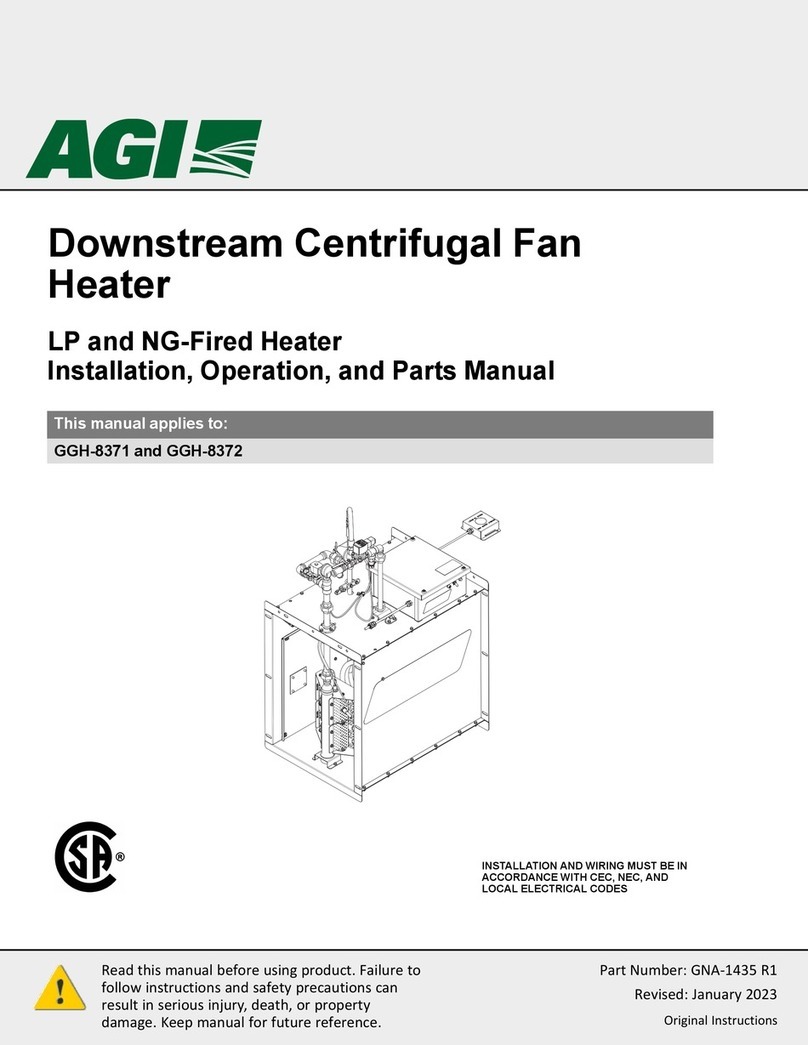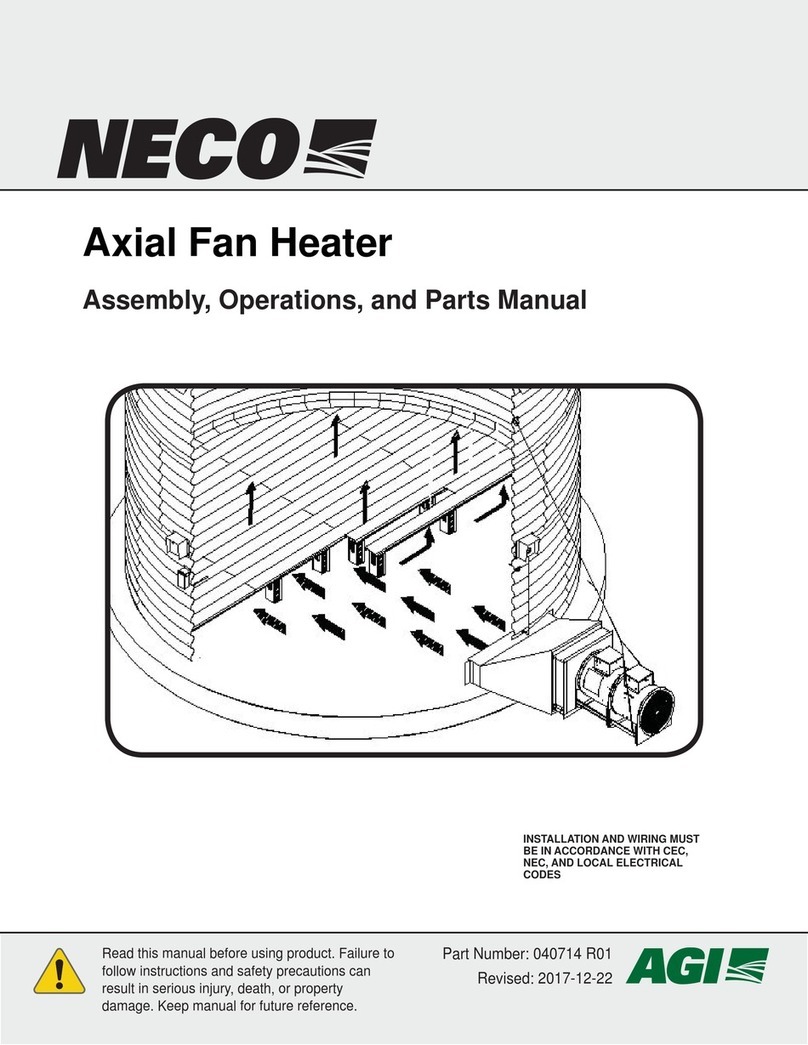
LOW TEMPERATURE UPSTREAM HEATER – VP AND NG-FIRED HEATER
GNA-2069 R1 5
CONTENTS
1. Introduction ............................................................................................................................................ 7
1.1 Product Information.................................................................................................................. 7
1.2 Intended Use ............................................................................................................................. 8
1.2.1 Misuse ........................................................................................................................ 8
2. Safety....................................................................................................................................................... 9
2.1 Safety Alert Symbol and Signal Words...................................................................................... 9
2.2 General Safety Information....................................................................................................... 9
2.3 Heater Safety........................................................................................................................... 10
2.4 Gas Leak Hazards..................................................................................................................... 10
2.5 Grain Bin Fires ......................................................................................................................... 11
2.6 Drives and Lockout/Tagout Safety .......................................................................................... 12
2.7 Personal Protective Equipment............................................................................................... 12
2.8 Safety Equipment .................................................................................................................... 12
2.9 Safety Decals ........................................................................................................................... 13
2.9.1 Decal Installation/Replacement............................................................................... 13
2.9.2 Safety Decal Locations and Details .......................................................................... 13
3. Features................................................................................................................................................. 15
3.2 Upstream Heater — Underside View...................................................................................... 16
3.3 Fuel Train, Burner, Stablizing Frame, and Control Box Assemblies ........................................ 17
3.4 Burner Assembly ..................................................................................................................... 18
3.5 Control Box Assembly ............................................................................................................. 19
4. Installation ............................................................................................................................................ 20
4.1 Installation Safety.................................................................................................................... 20
4.2 Check Shipment....................................................................................................................... 20
4.3 Requirements for Canada ....................................................................................................... 20
4.4 Electrical Connection............................................................................................................... 21
4.4.1 Field and Control Wiring Entry................................................................................. 21
4.4.2 Disconnect ................................................................................................................ 22
4.4.3 Incoming Power Supply............................................................................................ 22
4.4.4 Grounding................................................................................................................. 22
4.5 Fuel Supply .............................................................................................................................. 23
4.6 Heater Position Requirement.................................................................................................. 25
4.7 Installation of Heater and Heater Components...................................................................... 26
4.7.1 Install the Heater...................................................................................................... 26
4.7.2 Adjust Burner Side Plates......................................................................................... 26
4.7.3 Install the Guard and Control Box............................................................................ 28
4.7.4 Install the Orifice ...................................................................................................... 29
4.7.5 Install Air Switch Line ............................................................................................... 31
4.7.6 Temperature Probe Installation............................................................................... 33
4.8 Connect the Gas Supply .......................................................................................................... 34
4.9 Adjust the Regulator ............................................................................................................... 35
4.10 Open Manual Shut Off Valves to the heater ........................................................................ 35
4.11 Programming of Penn & Emerson Electronic Controllers .................................................... 36
4.12 Installation and Programming of HONEYWELL Electronic Controller .................................. 37
5. Operation .............................................................................................................................................. 41
5.1 Operation Safety ..................................................................................................................... 41






























